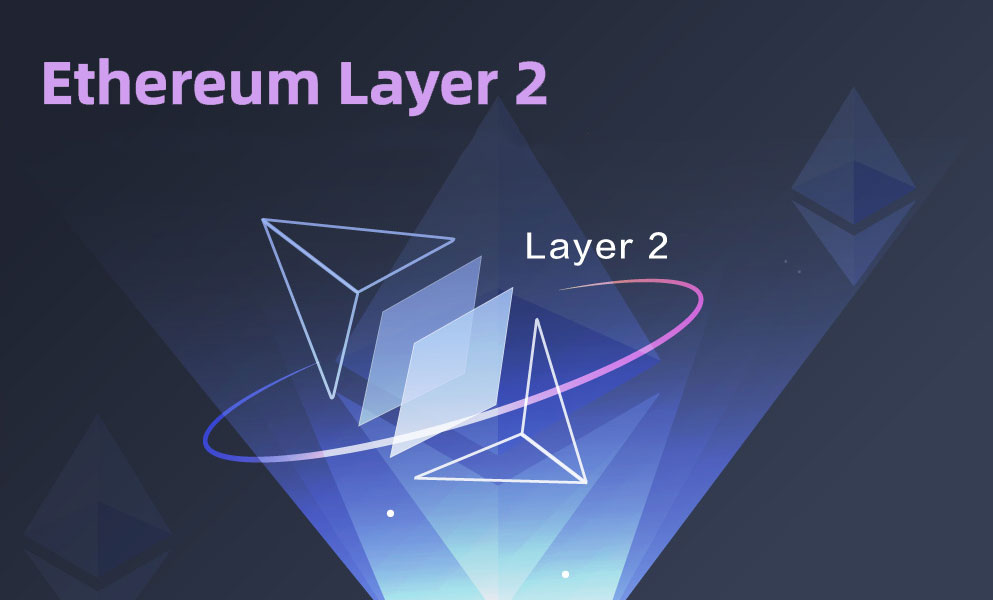Time to pay attention to Ethereum’s Layer 2

Source
Layer 1 got jammed up, last year was the probably the busiest year for smart contracts blockchains. Legitimate and fun projects sprouting out from every corner and tons of users taking part in each of them. Albeit proliferating smart contract platforms; every Layer 1 literally got overworked at least once. Ethereum took the biggest hit, then the cross chains happened. One after the other, they became household names.
Every new chain birth hundreds of new projects built on its first layer. Most other smart contract blockchains have two distinctions over ethereum’s layer 1 – efficiency and cheapness. Despite struggling to attain acceptable level of decentralization, these other chains possess features which are more important to most blockchain enthusiasts. Many of these alternatives have been tipped to ‘flip’ ethereum in terms of ranking, number of users and total market capitalization as well.
Well, ethereum developers aren’t relenting in at least finding possible ways to make the ethereum blockchain work better. Developing ethereum blockchain’s second layer is currently the most significant of these approaches.
Ethereum’s second layer is a flexible platform with features optimized to work at improved efficiency. Layer-2 comprises of a collection of infrastructures designed to take the bulk of its activities on the ethereum blockchain away from the main net.
Moving away from the main net and utilizing scalability infrastructures give projects built on layer-2 certain clear-cut advantages. Layer 2 includes a number of solutions working to scale the ethereum blockchain by moving away from the main layer without sacrificing security and decentralization. These projects still benefit from the strengths of ethereum mainnet making up a ‘perfect match’. Enterprise solutions are already being built on the layer-2 as brilliant projects are fast taking advantage of the benefits it offers.
.png)
You probably didn’t ask for those explanations; but, all well though. Layer 2 solutions are already building up a rave. You probably don’t even care, but you might want to pay (closer) attention now.. With Zksync 2.0 available for public testing on the goerli testnet, more layer 2 projects are gearing up to launch using more efficient facilities.
And just like you, these projects can’t wait to get started already! DeFi Suite project – Mute launched on ZKsync’s testnet almost immediately.
.png)
MUTE is launching its decentralized exchange – MUTE SWITCH. Mute Switch is powered by ZK-Rollup, it utilizes this protocol to build a highly efficient and cheap decentralized exchange on ethereum’s Layer-2. Mute Switch features a personalized decentralized exchange platform with enhanced user privacy and security. Building on Layer-2 takes the bulk of Mute Switch’s transactions off ethereum’s congested mainnet (Layer-1), improves scalability and ensures high efficiency.
Ready to experience the incredible power of ZKSync and MuteSwitch?
Here’s a guide to testing Mute switch on ZKSync 2.0;
- Receive goerli testnet eth from either faucets:
Faucet 1
Alternative Faucet
- Bridge over your eth from goerli testnet into the ZKSync Layer 2
- Receive tokens from the zksync faucet (usdc/link/dai/wbtc):
- Once you have some tokens & ETH in your zksync wallet, you can now access and trade on the SWITCH
Test away! Share your experience and keep your eyes glued to this space!
Have our next publication delivered to your mailbox
Follow us on Twitter
Follow us on Facebook
Posted Using LeoFinance Beta